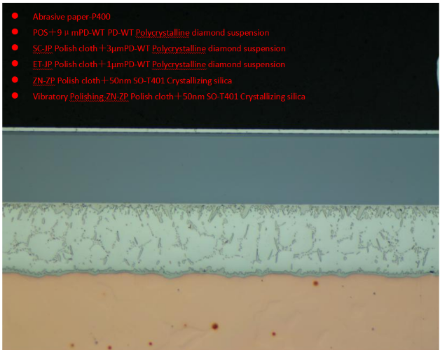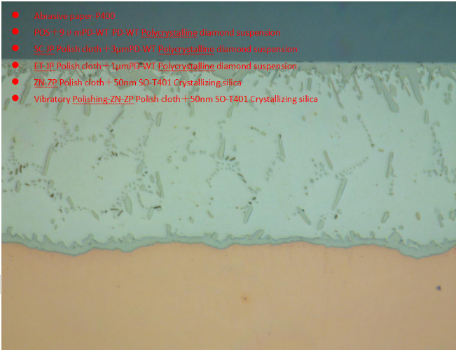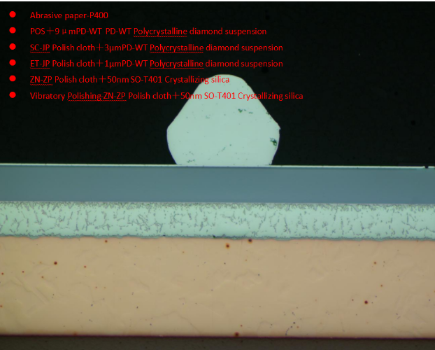The third-generation semiconductor power devices are mainly manufactured based on wide-bandgap semiconductor materials such as silicon carbide (SiC) and gallium nitride (GaN), and compared with traditional silicon-based devices, they have significant advantages such as large bandgap width, high breakdown electric field strength, and fast electron saturation drift speed. These characteristics enable the third-generation semiconductor power devices to operate stably under extreme conditions such as high temperature, high voltage, and high frequency, and to have higher power density, lower on-state losses and switching losses, which can effectively improve the energy conversion efficiency. Therefore, they are widely used in fields such as new energy vehicles, photovoltaic power generation, 5G communication, and rail transportation, becoming the core components that drive energy transformation and the development of high-end manufacturing industries, and are of great significance for achieving energy conservation and industrial upgrading.
In the research and production of third-generation semiconductor power devices, the performance of the interface metal compound (IMC) layer plays a crucial role in the reliability and stability of the devices. Electron backscatter diffraction (EBSD) technology, as a powerful means of material microstructure analysis, can deeply analyze the crystallographic information, orientation distribution and phase composition of the IMC layer. However, to obtain high-quality EBSD data, sample preparation is a crucial prerequisite. The following are the metallographic sample preparation methods for your reference.




 中文简体
中文简体 英语
英语 西班牙语
西班牙语 德语
德语

















